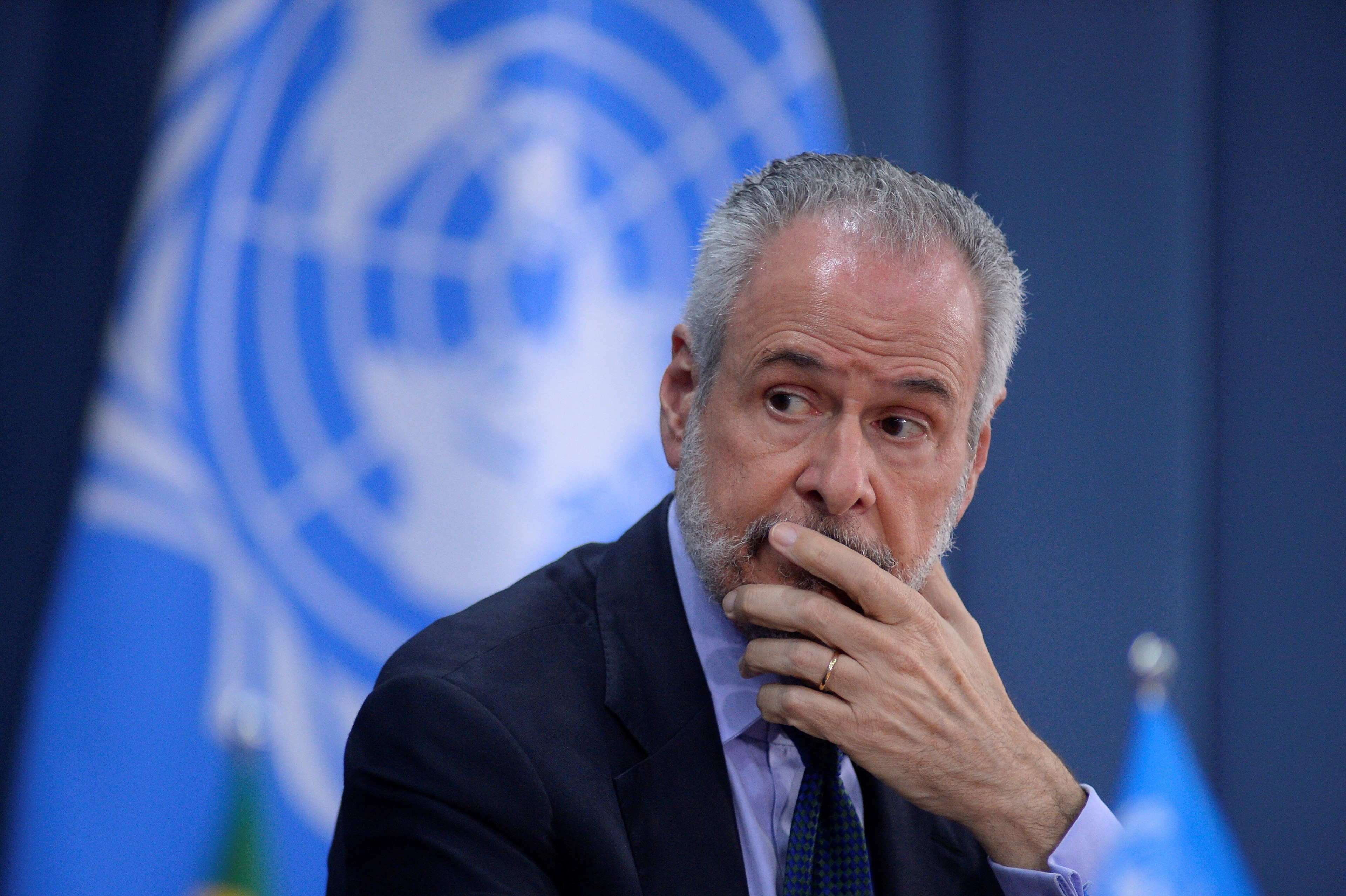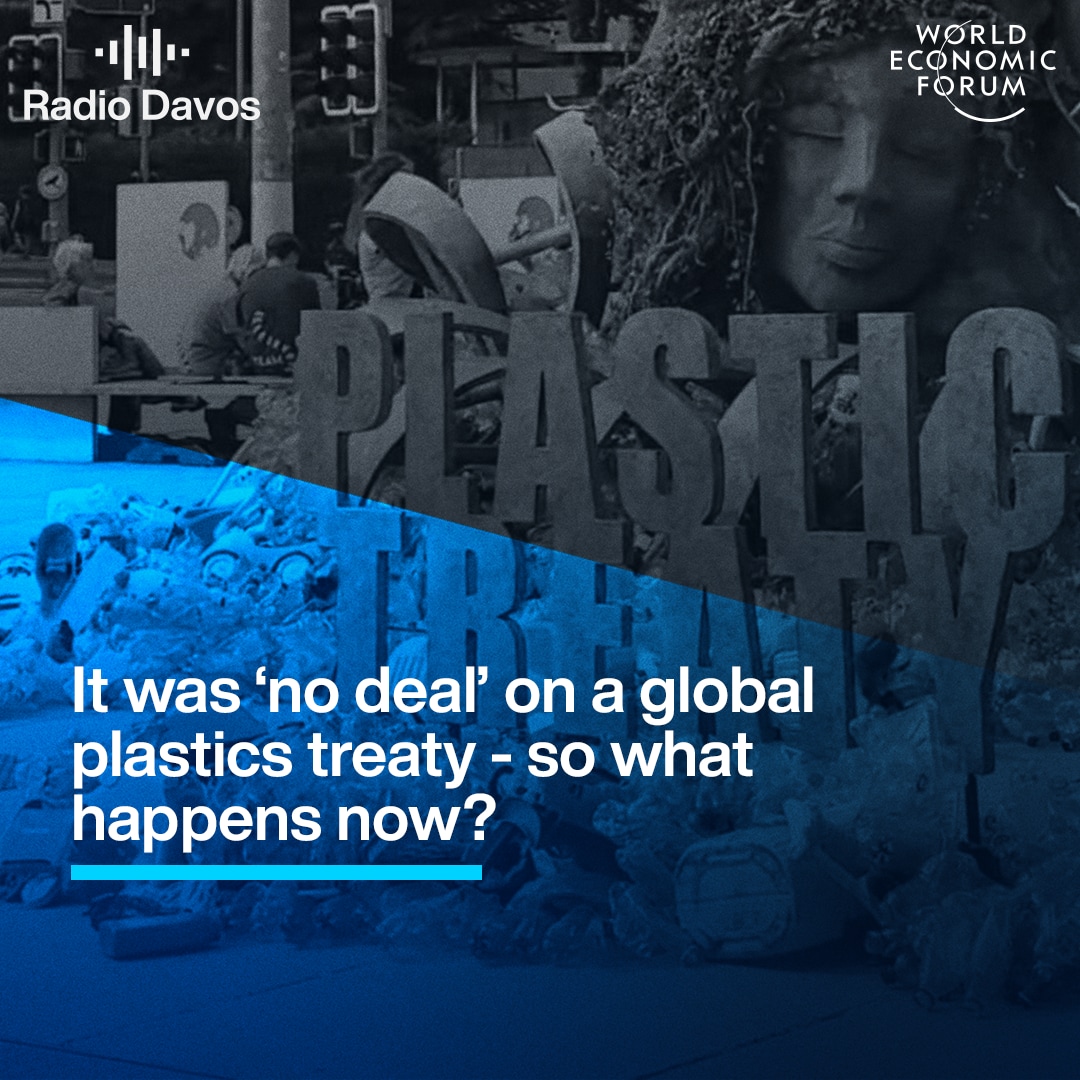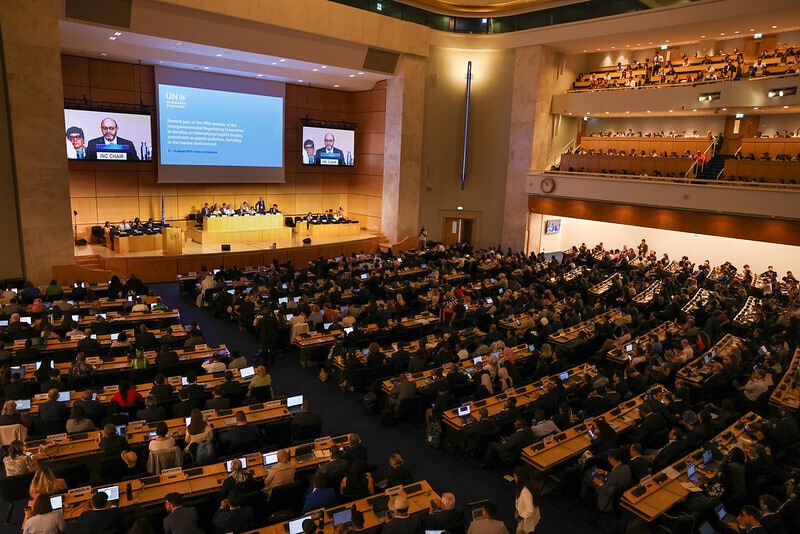Can insurance protect the world’s poor against climate change?

Stay up to date:
Insurance
Efforts to insure vulnerable people such as poor farmers against extreme weather and other climate risks are picking up pace, following a recent G7 commitment to extend cover in developing nations and a global insurance industry forum last week.
U.N. Secretary-General Ban Ki-moon told insurance executives in New York their businesses could play an important role in easing the financial burden associated with disasters and protecting those affected.
“As a major source of investment, much of it long-term, the insurance sector can and must play a strong role in shaping a more sustainable future,” he said in a speech.
That may be relatively straightforward in rich countries where household insurance penetration is high – although worsening floods, droughts and storms are complicating markets even there.
A much tougher challenge is how to reach millions of people in poor nations who lack access to financial services and cannot afford to pay premiums.
“Worldwide there is a growing need to buffer against climate shocks. This is especially the case for low-income groups living on the frontlines of climate change,” said Koko Warner, executive director of the Munich Climate Insurance Initiative (MCII), which has been working for a decade on insurance solutions for vulnerable communities.
Market research and expert opinion suggest only around 100 million people living on less than $2 a day are covered by climate risk insurance in Africa, Asia and Latin America.
About 55 million have their own policies and 45 million are covered indirectly by group schemes.
But pioneering insurance programmes for the poor have already produced some encouraging results.
Within five days of devastating Typhoon Haiyan in 2013, a mutual benefit association set up by the Centre for Agriculture and Rural Development in the Philippines paid claims to almost 300,000 customers, according to University of Cambridge researchers. The association insures around 11 million people, 80 percent of them below the poverty line.
In Ethiopia and Senegal, the R4 Rural Resilience Initiative – backed by the World Food Programme and Oxfam America – covers over 26,000 small farmers, the poorest of whom pay for crop insurance by working on local projects like building stone walls in fields to reduce water run-off and erosion.
An evaluation of an earlier version of the programme in Ethiopia showed that insured farmers had savings more than double those without any insurance, and invested more in seeds, fertiliser and productive assets such as plough oxen.
400 Million By 2020
Schemes like these should be of interest to the fledgling Group of Seven (G7) Climate Risk Insurance Initiative, announced earlier in June at a summit of the powerful nations in Germany.
G7 governments aim by 2020 to increase by up to 400 million the number of people in low and middle-income countries who have access to direct or indirect insurance coverage against climate-related hazards.
They have yet to put a price tag on the plan, but the German government – which is leading the work – is stumping up 150 million euros ($170 million) to start.
“It is do-able. We are not speaking about amounts of money that are out of reach,” Ingrid-Gabriela Hoven, director general of global issues for Germany’s Federal Ministry for Economic Cooperation and Development, told an event at U.N. climate talks in Bonn last week.
Hoven said the German contribution was meant as “seed money” to motivate involvement by the private sector. Other G7 nations have also indicated they will provide funding, she said.
A background paper for the initiative said “significant financing” from the G7 could leverage several billion dollars of private-sector insurance and re-insurance capacity. Firms such as Munich Re and Allianz are already discussing what they could do.
Germany’s aim is to announce the first steps to implement the initiative, alongside initial financial commitments, at the U.N. climate conference in Paris in December, where governments are due to agree a new global deal to tackle climate change.
“A technically sound … initiative with a clear focus on poor and vulnerable people would send an important message of trust, and that’s a key signal that needs to go into the climate negotiations in Paris,” Warner said.
Regulation Required
Hoven said the G7 initiative would likely focus first on scaling up existing regional insurance pools, including the African Risk Capacity (ARC) and Caribbean Catastrophe Risk Insurance Facility (CCRIF), while researching regions where more impetus is needed, such as the Pacific.
ARC works through government schemes requiring communities to build emergency plans so they are better prepared when a drought or other extreme event happens, Hoven noted.
Experts say the G7 initiative will also need to create innovative insurance approaches that can reach the poorest, as well as promoting risk reduction tools such as early warning.
Ana Gonzalez Pelaez, a fellow with the Cambridge Institute of Sustainability Leadership who spoke at the New York insurance forum, said governments should pay more attention to how insurance markets are regulated so that they include the poor.
That would make it easier for the estimated 4 billion people who lack coverage to gain access to micro-insurance schemes via mobile phones, cooperatives or other models, she said.
“In many countries, regulation doesn’t recognise those distribution channels or they are not regulated, so people are either deprived of access to insurance or suffer from (corrupt) players due to a lack of governance,” she told the Thomson Reuters Foundation.
This article is published in collaboration with Thomson Reuters Foundation. Publication does not imply endorsement of views by the World Economic Forum.
To keep up with the Agenda subscribe to our weekly newsletter.
Author: Megan Rowling covers aid and climate change issues, with a focus on social, economic and environmental justice.
Image: Boys look out from the veranda of a local government building damaged during last year’s Typhoon Haiyan in Tacloban city in central Philippines. REUTERS/Erik De Castro
Don't miss any update on this topic
Create a free account and access your personalized content collection with our latest publications and analyses.
License and Republishing
World Economic Forum articles may be republished in accordance with the Creative Commons Attribution-NonCommercial-NoDerivatives 4.0 International Public License, and in accordance with our Terms of Use.
The views expressed in this article are those of the author alone and not the World Economic Forum.
Related topics:
Forum Stories newsletter
Bringing you weekly curated insights and analysis on the global issues that matter.
More on Nature and BiodiversitySee all
David Elliott
August 27, 2025
Tom Crowfoot
August 20, 2025
Chavalit Frederick Tsao
August 19, 2025
Andrea Willige
August 15, 2025
Tom Crowfoot
August 14, 2025






